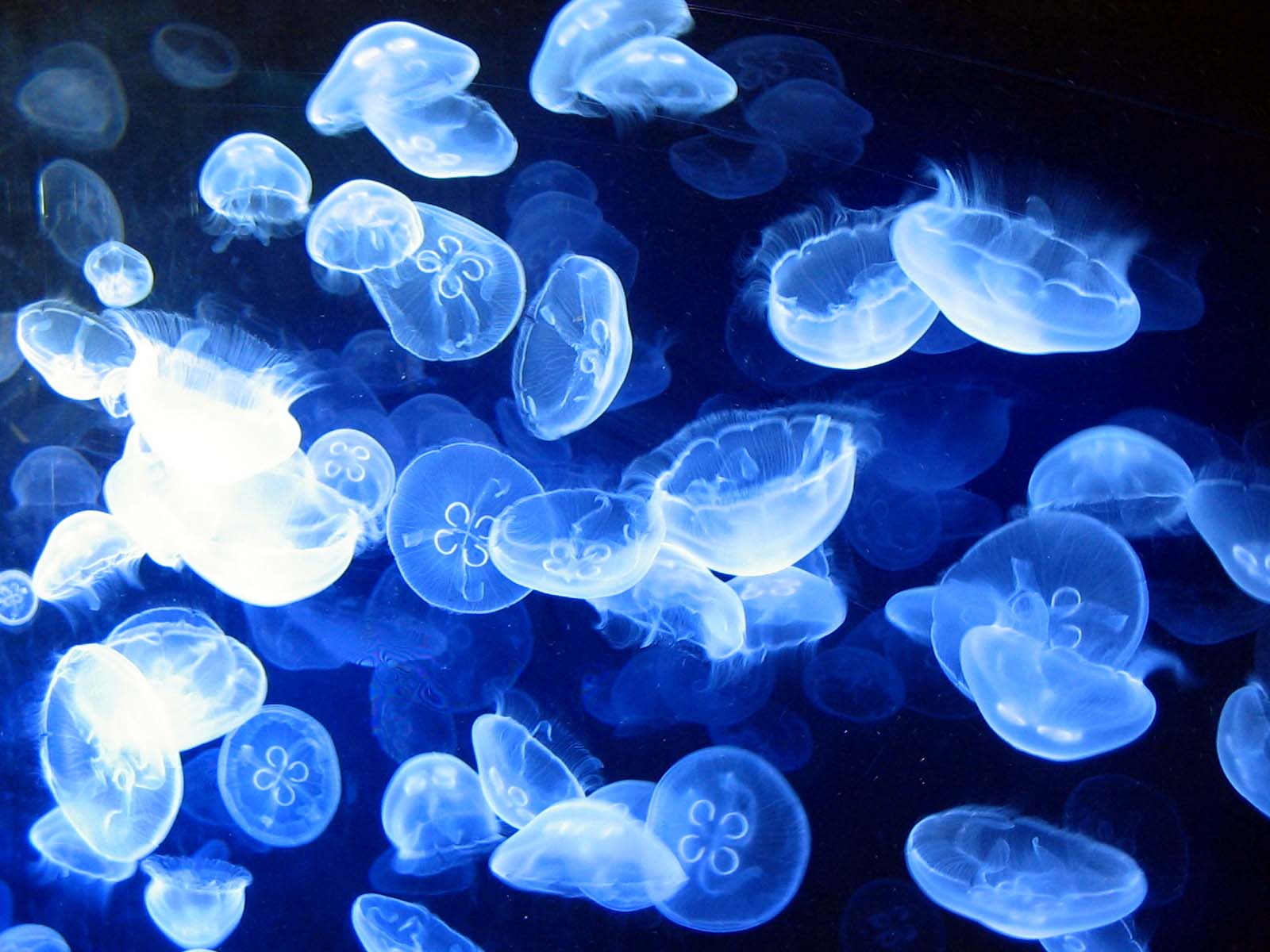
As more Qatar residents head outdoors to enjoy the coming winter, some hotels and environmentalists are advising people to be on the lookout for jellyfish in the sea.
Speaking to Doha News, Dr. Ibrahim Al Maslamani, assistant professor of marine biology at the Environmental Studies Center (ESC) at Qatar University, said that the creatures usually swim close to the beach and near the surface of the water.

They never initiate attacks on humans, but are transparent and difficult to see, and they will sting when people unintentionally encounter them, he added.
Despite their captivating appearance, an encounter with them could be very painful.
In response to an increase in recent incidents with the creatures, hotels like the Marriott Doha have posted warnings to the public to ”be aware of the jellyfish in the sea.”
Notably, the number of jellyfish in Qatar is usually higher in the summer than in the winter, due to higher sea temperatures in Sealine and the Inland Sea, according to Al Maslamani.
He added that they are still around in the winter, but in smaller numbers.
Jellyfish stings
Jellyfish tentacles have stinging cells that contain and discharge venom. Recovery periods from their stings can vary from several minutes to several weeks, depending on the severity of the sting.
Stings can range from being so mild that people don’t realize it until after they get out of the water, to more dangerous injuries in Qatar but not death, according to Al Maslamani.
However, jellyfish in other parts of the world, including Australia, have venom whose toxins can attack the heart, nervous system and skin cells, according to the National Geographic.
Al Maslamani said that there are several types of jellyfish that exist in Qatar, but not all have been documented yet.
Last year, ocean-goers posted a YouTube video of an upside-down jellyfish off the shore of Zekreet, near Dukhan.
The creature gets its name because it’s often found lying upside down on the seabed, with its tentacles in the air. It lives in shallow waters saturated with sunlight, according to a study by students at the Bermuda institute of Ocean Science.
The study added that its sting is mild, usually causing only an itching sensation.
In 2013, hundreds of upside down jellyfish washed off the shore of Al Mamzar beach in nearby Dubai, according to Gulf News. At the time officials told beach goers not to worry, due to its mild venom.

The UAE is also home to the blue blubber jellyfish, most commonly in April and May, and the upside-down and nettle jellyfish in September and October, according to the National.
The moon jellyfish was spotted there last year as well.
In an interview with the National last year, Peter Lithgoe, a 41-year-old Canadian expat, said that he swam head-first into a huge transparent jelly fish with long tentacles off Jumeirah beach and described the pain as “unbearable.”
“It was like swimming into an electric fence but not being able to let go,” he said.
He lost consciousness in the water and was rescued and taken to the hospital, where he eventually recovered.
What to do when stung
Al Maslamani advised those who are stung to apply vinegar liberally and immediately to treat the burn, or quickly head to the closest hospital for medical care.
 He said that there are no studies backing up the common belief that urine could help, and advised against that course of action.
He said that there are no studies backing up the common belief that urine could help, and advised against that course of action.
Sea cucumber hairs are also apparently a good remedy for jellyfish stings, but they are difficult to obtain, according to Al Maslamani.
To avoid getting stung by jellyfish, he advised swimmers wear diving suits and keep an eye out for the creatures in the water.
People should also avoid touching dead jellyfish, because they may still have the ability to sting, he said.
Thoughts?







